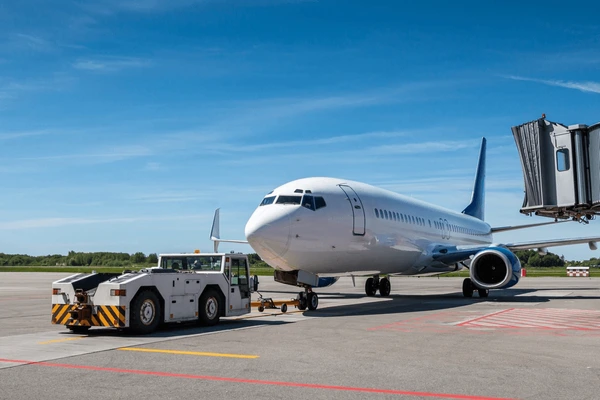How Can a Small Tug Pull Such a Large Aircraft?
At first glance, it’s surprising to see a relatively small tug towing a massive commercial aircraft. These compact machines are designed with exceptional torque and traction, making them capable of moving aircraft weighing hundreds of tons. The secret lies in their powerful engines, precise control systems, and robust design, allowing them to safely and efficiently guide aircraft around airports.
How Much Does a Commercial Aircraft Weigh?
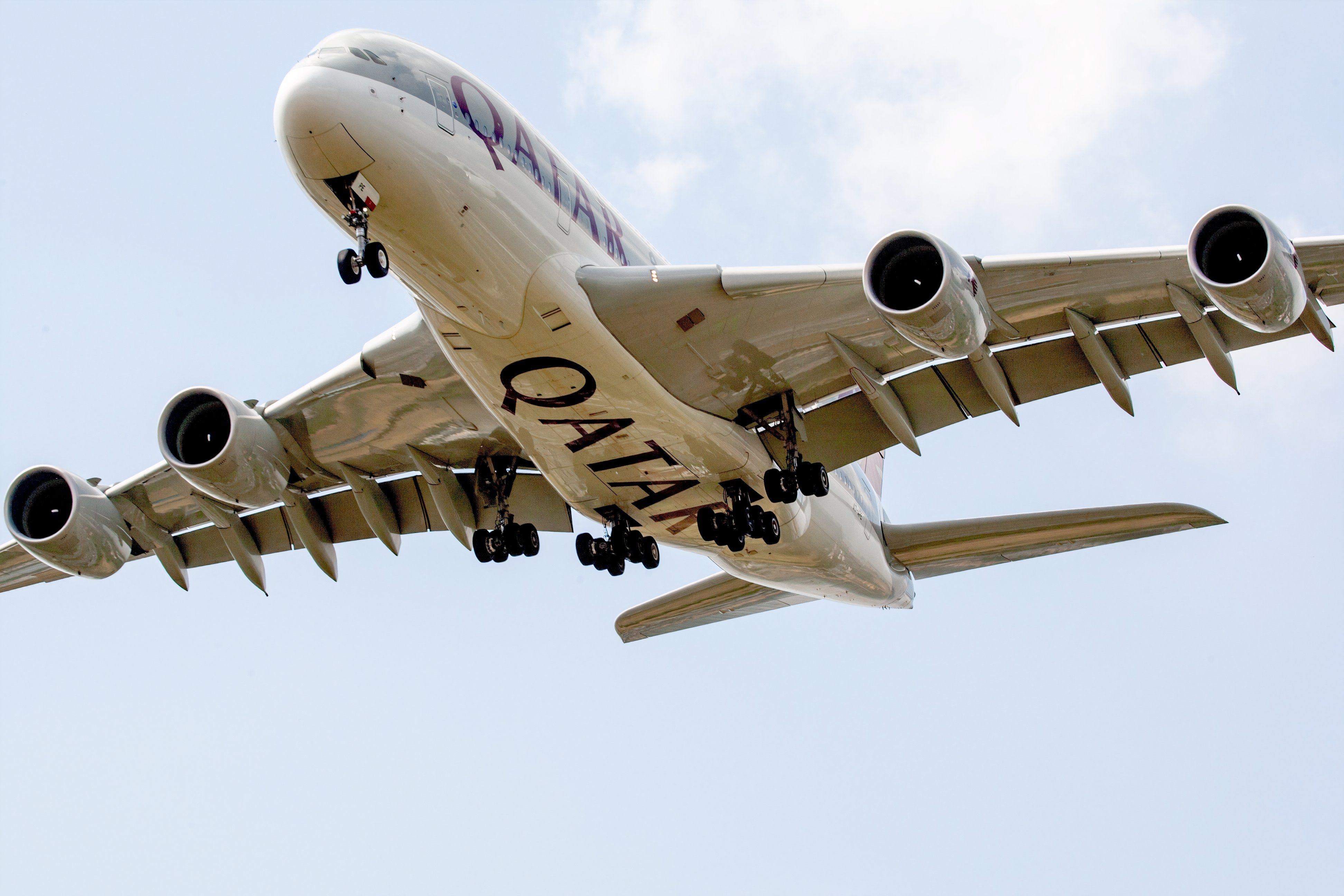
The weight of a commercial aircraft varies widely depending on its size and model. A typical single-aisle jet like the Boeing 737 can weigh around 80,000 to 180,000 pounds (36,000 to 82,000 kg), while wide-body jets like the Boeing 777 or Airbus A380 can exceed 600,000 pounds (270,000 kg) when fully loaded. Despite these enormous weights, tugs can handle them with ease.
Why Are Tugs Used?
Aircraft tugs are essential for ground operations. They’re used to move aircraft when engines are off—such as when towing from gates to hangars, repositioning at airports, or lining up at runways. This not only saves fuel but also reduces wear on aircraft engines and increases safety on crowded airport ramps.
How Can a Tug Move an Aircraft?
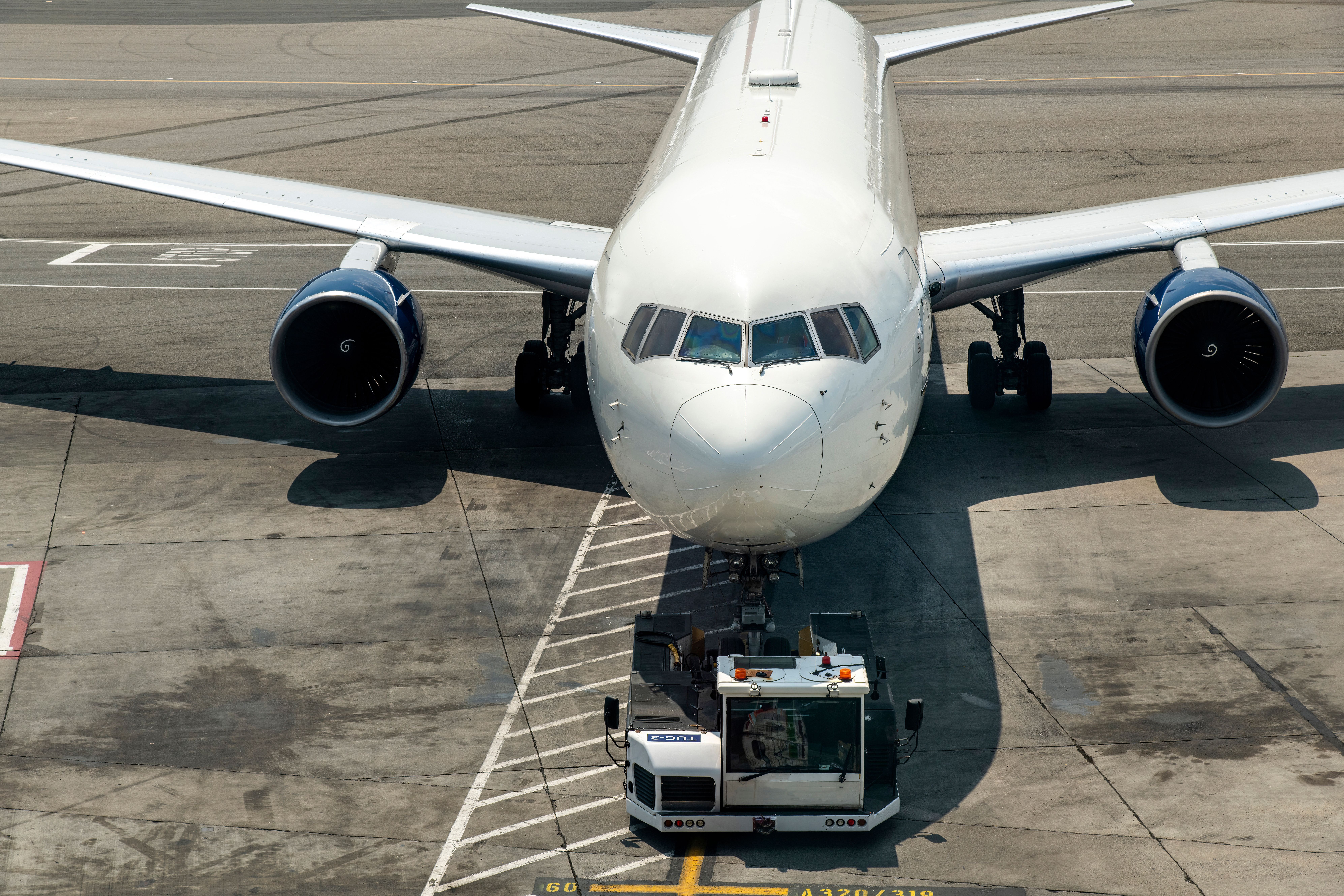
Aircraft tugs rely on their weight and traction to generate the force needed to move planes. Most have low gearing and heavy-duty drivetrains to maximize torque. By connecting to the aircraft’s nose landing gear, they steer and push or pull the plane, often with great precision, especially in tight spaces.
Conventional Tugs & Aircraft Towbars
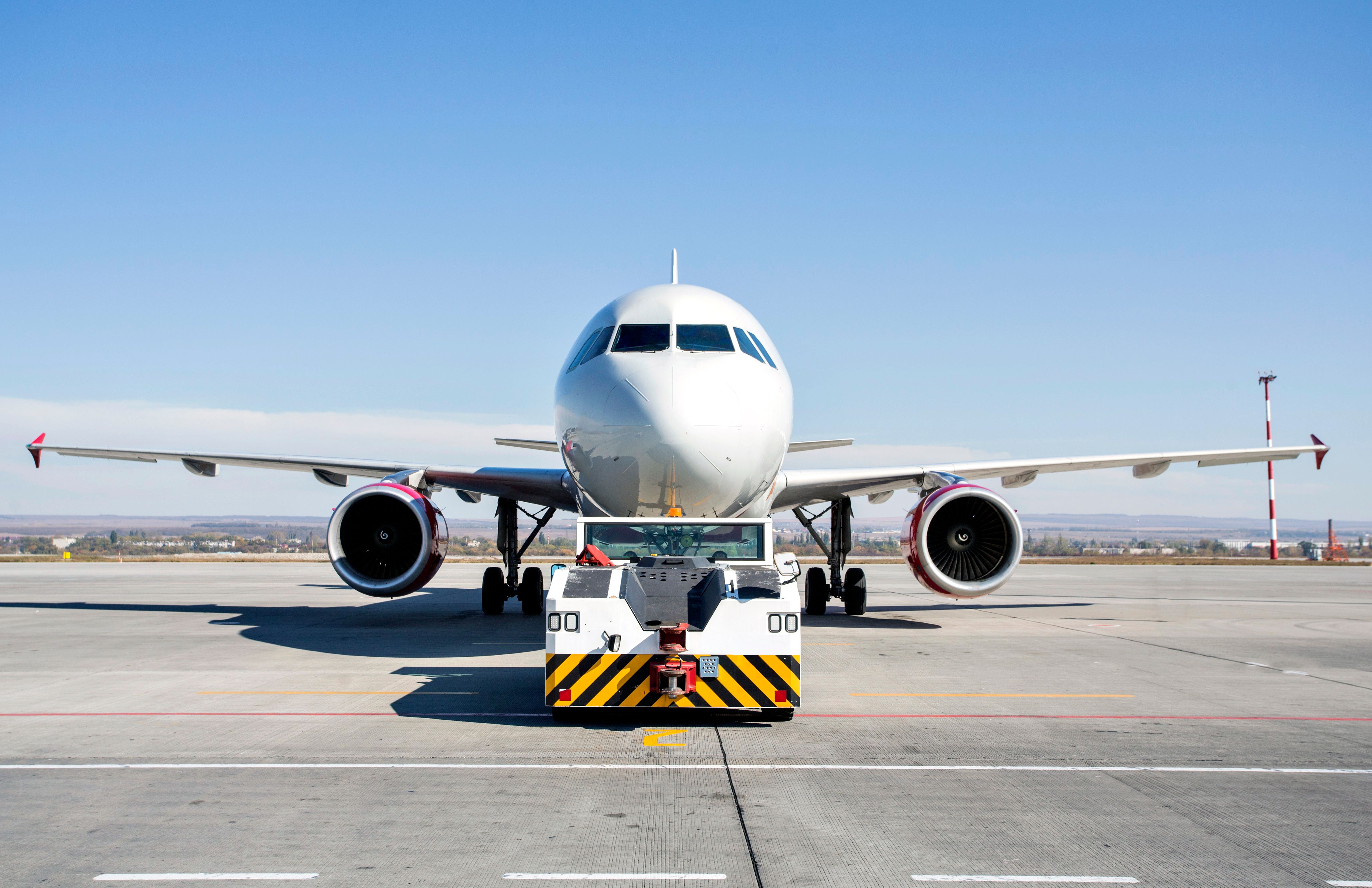
Traditional tugs use a towbar—a long, sturdy rod that connects the tug to the aircraft’s nose gear. This method requires proper matching of the towbar to the aircraft type and ensures that towing forces are safely distributed. Although effective, it requires manual setup and presents a risk of damage if not handled carefully.
Towbarless Tugs
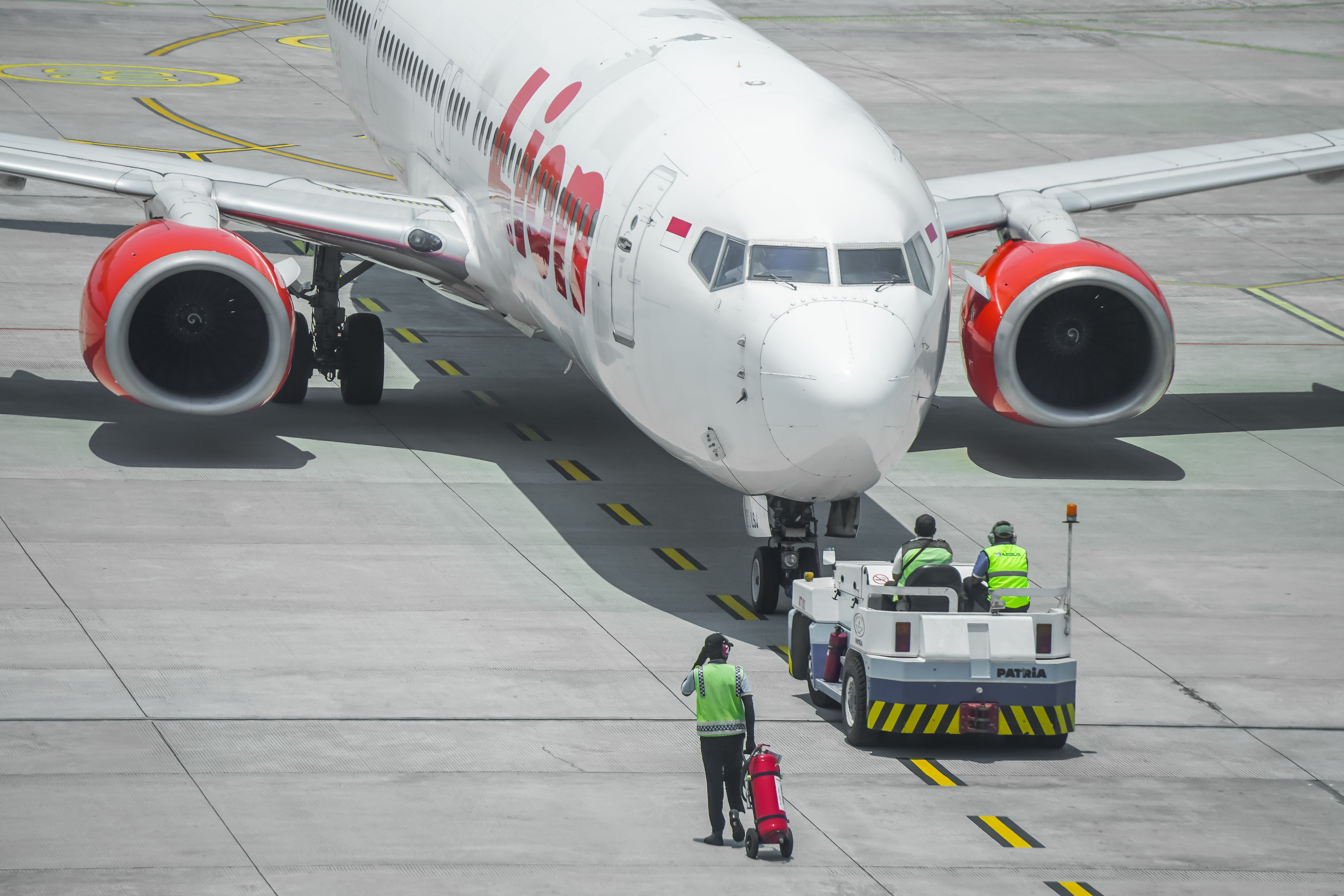
Towbarless tugs eliminate the need for a separate towbar. They lift the nose wheel slightly off the ground and cradle it securely within the tug’s structure. This design simplifies operations, reduces setup time, and minimizes the risk of gear damage. They’re increasingly popular in modern airports due to their efficiency and safety.
Electric Towbarless Tugs
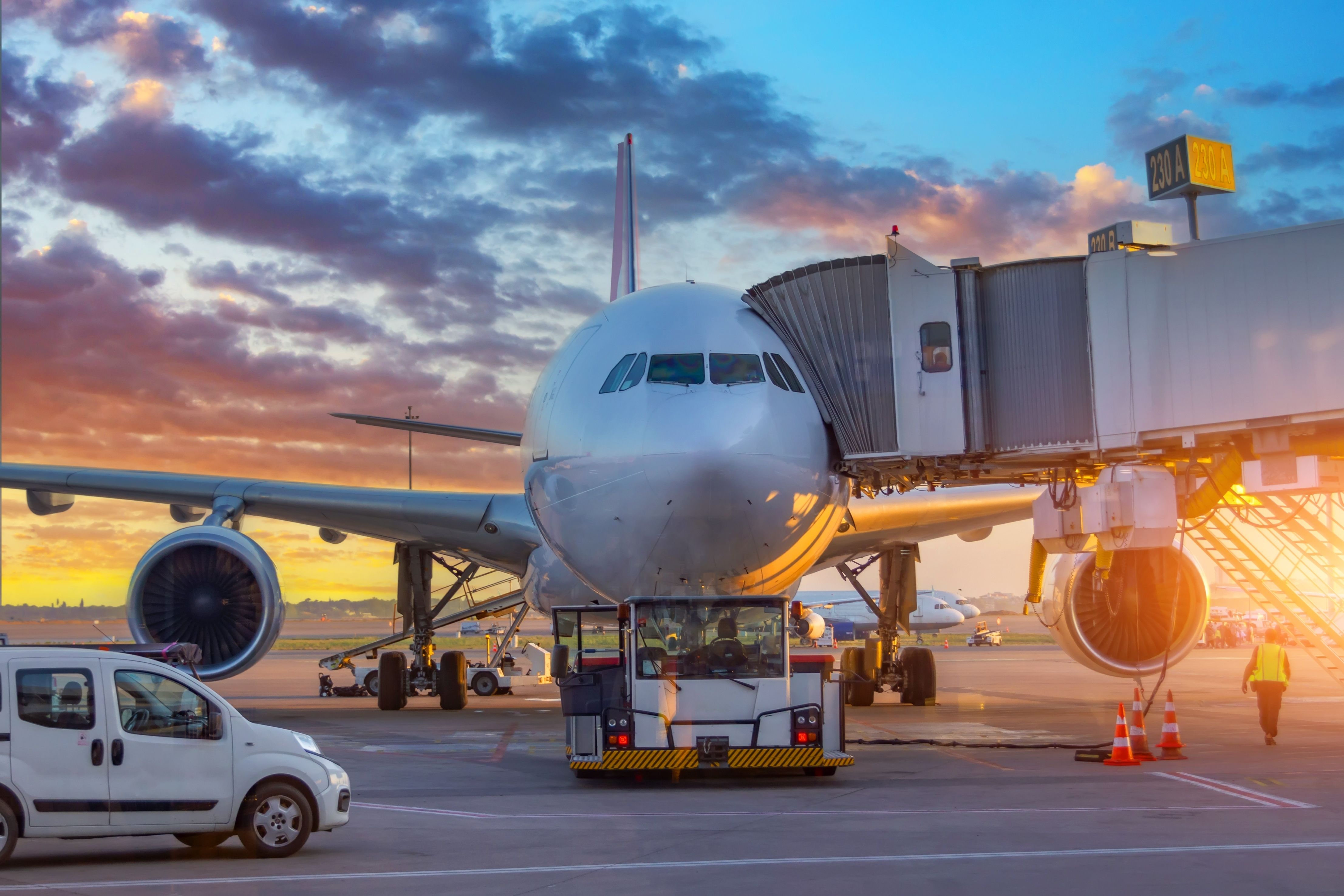
Electric towbarless tugs are the next step in sustainable airport operations. These battery-powered machines offer quiet, emission-free towing while delivering the same (or better) performance as their diesel counterparts. Their eco-friendly design aligns with the aviation industry’s push toward greener practices.
A Small Machine for a Big Task
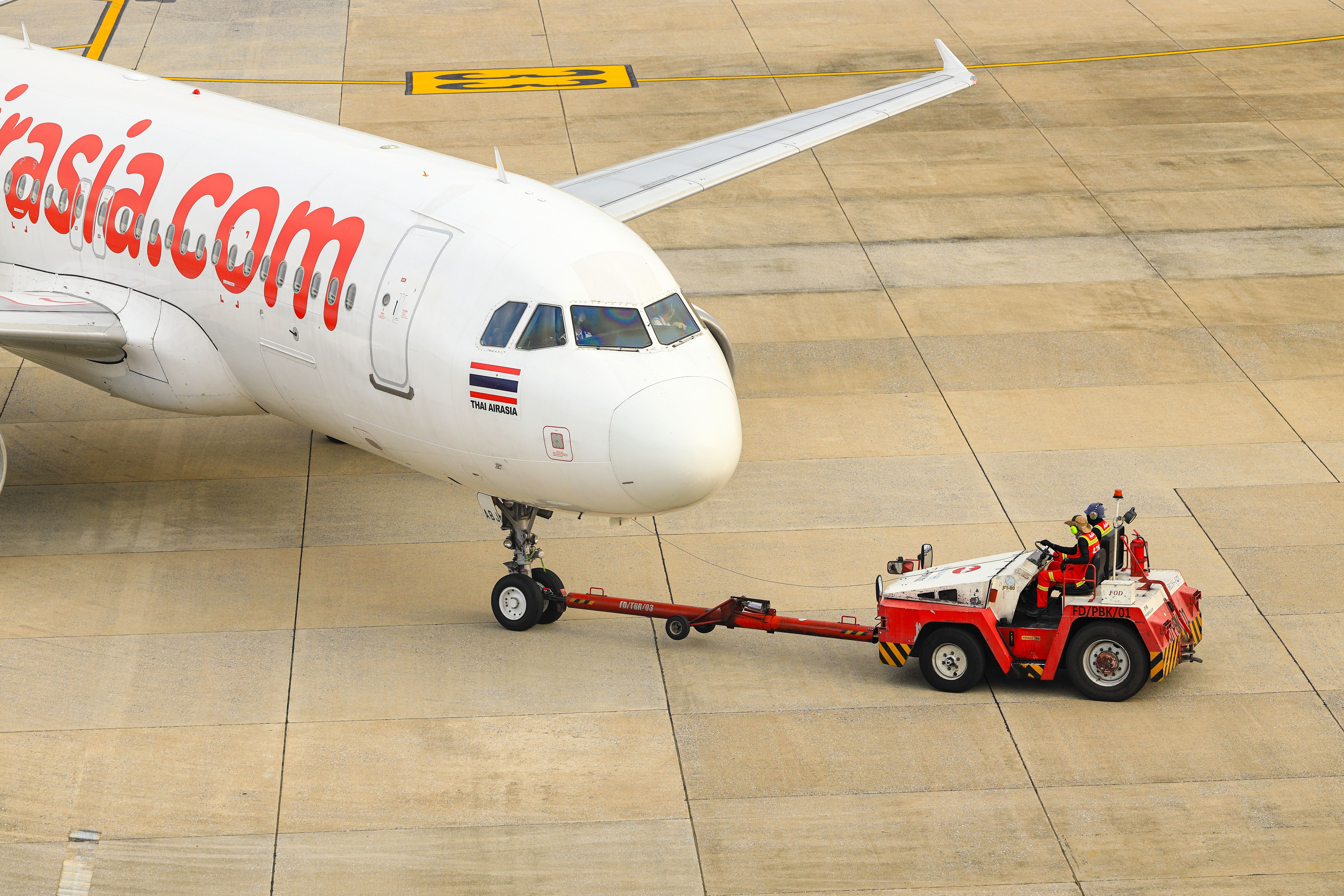
Despite their size, aircraft tugs are marvels of engineering. Built to handle extreme weights and operate with surgical precision, they play a critical role in the day-to-day functioning of airports. Whether diesel-powered or electric, with or without towbars, these little giants keep the aviation world moving.
